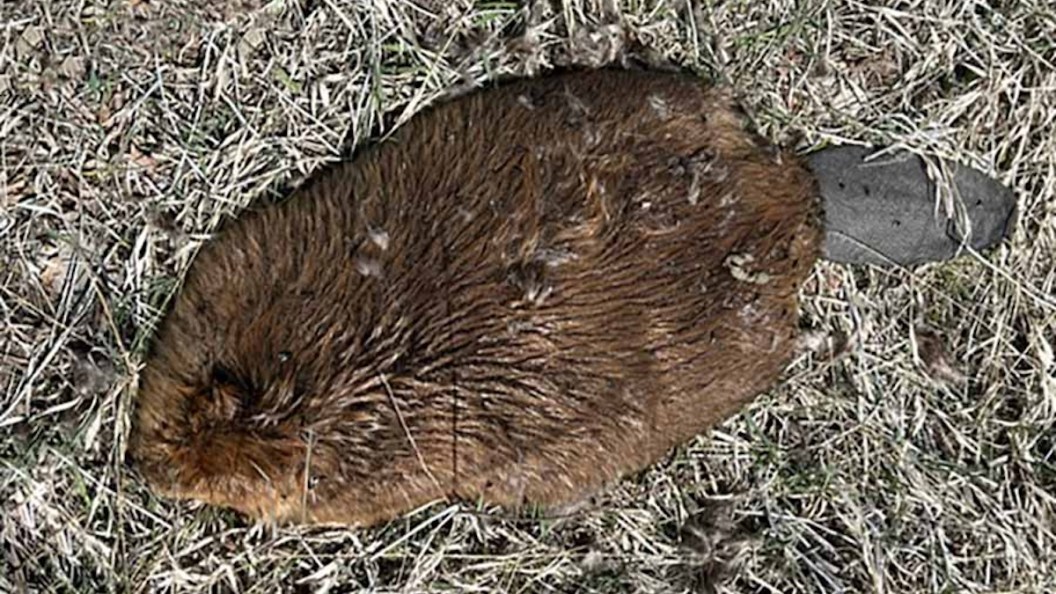The Utah Division of Wildlife Resources announced this week that nine beavers have been killed recently because of a bacterial infection that can spread to humans.
According to Monday's announcement, all of the beavers died throughout the month in Summit, Wasatch, and Utah counties and three of them tested positive for tularemia.
The disease, also known as rabbit fever, hare plague, and deerfly fever, can spread in a variety of ways, such as through tick or deerfly bites, direct contact with infected blood or animal tissue, or by ingesting contaminated water or eating undercooked meat of an infected animal.
According to the Centers for Disease Control and Prevention, tularemia can be life-threatening for humans if it goes untreated, but most infections can be treated with antibiotics.
Ginger Stout, a veterinarian with the Utah wildlife division, explained that the bacteria can be found in many parts of the Beehive State, but it's unusual for it to spread so rapidly. The last confirmed case of tularemia killing wildlife in Utah was in 2017 with a cottontail rabbit in the Kanab area.
"There is a concern about the possibility of tick-borne or fly-borne diseases, so it's advised to take the necessary precautions by wearing protective clothing, using appropriate insect repellent and checking for ticks after being in brushy areas," Stout said.
As a result, the Utah wildlife division is asking the public to take caution by not touching the animals and to report any dead beavers to DWR officials.




